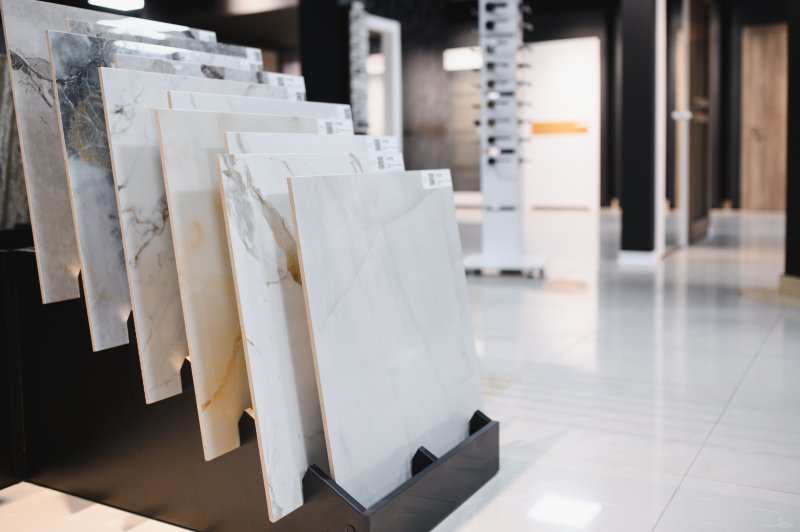What are the Usage Areas of Marble? What is its Proper Use?
As Lean Makine Kimya, we see marble not only as a building material, but also as a rich gift of nature. This unique stone, which has added value to humanity's structures and works of art for thousands of years, represents a magnificent combination of natural power and human hand. Marble is frequently used in the fields of architecture, sculpture and decoration and is considered a valuable material. As a company, we meticulously examine the unique features and various areas of use provided by this unique natural resource and continue our research and development studies to offer our customers the highest quality products.
Marble is a natural material that humanity has admired from past to present. As Lean Makine Kimya, we appreciate how marble has become a symbol throughout this long history and how it has left a deep mark on our cultural heritage. Since ancient times, marble has been an indispensable part of architectural structures and works of art. Considered a reflection of nature's own craftsmanship, marble continues to fascinate people with its elegance, durability and unique beauty. As Lean Makine Kimya, we examine the unique properties and various areas of use provided by this unique natural resource and our commitment to providing the highest level of service to our customers. We continue.
Unique Qualities of Marble
As Lean Makine Kimya, we analyze the unique properties and various usage areas of marble in detail. Marble is a natural wonder formed under long processes and changing conditions of nature. This unique material, which emerges through the crystallization of limestone and other minerals under high pressure, stands out with its durability, aesthetic appeal and workability. As Lean Makina Kimya, we meticulously examine the various applications of marble in the industrial and construction sectors and continue our research and development studies to offer the most suitable solutions to our customers.
Marble has a wide range of uses, from architectural projects to works of art, from kitchen countertops to tombstones. Each piece of marble has unique patterns and colors, and offers a unique aesthetic to each project. As Lean Makina Kimya, while evaluating the potential of marble in various industries, we continue our mission to use this important gift of nature in the most effective and sustainable way. Offering the highest quality products to our customers and minimizing environmental impact by utilizing natural resources in the best way are among our primary goals as Lean Makina Kimya.
Variety of Marble: Different Application Areas
- Architecture: Marble used in the interior and exterior decoration of buildings is the symbol of luxury and elegance. It is often seen in flooring, wall coverings, columns and staircases.
- Sculpture: Artists use the texture and durability of marble to create striking sculptures and sculpture groups. Works such as Michelangelo's "David" statue demonstrate the artistic potential of marble.
- Kitchen and Bathroom Countertops: Marble brings luxury and elegance to kitchen and bathroom countertops. Its naturally cool surface, as well as its poor conductivity of heat, make it ideal for cooking in the kitchen.
- Monuments and Tombstones: Monuments and tombstones erected in memory of important people are often made of marble. This is due to the durability of marble and its aesthetics that do not age over time.
Marble Sustainability and Maintenance: Strategies to Protect Natural Beauty
Marble is a unique resource that nature offers us and is considered a sustainable building material. However, due to external factors it is exposed to over time, its surface may become worn and stained. Therefore, regular maintenance and protection measures should be taken to preserve the durability and natural beauty of marble. For this, it is important to use the right cleaning methods first. Cleaners with a neutral pH level should be used to clean marble surfaces and abrasive chemicals should be avoided. In addition, a soft cloth or sponge should be used to protect the delicate texture of the marble and harsh cleaning materials should be avoided.
However, it is also important to regularly apply a protective sealant to the surface of the marble. This process prevents the penetration of water, oil and other substances that may cause stains on the marble surface, allowing the surface to remain clean for a longer period of time. In addition, this process increases the durability of the marble and protects against scratches and abrasions. Applying a protective sealant not only extends the life of the marble, but also reduces maintenance requirements and provides cost savings in the long run.
